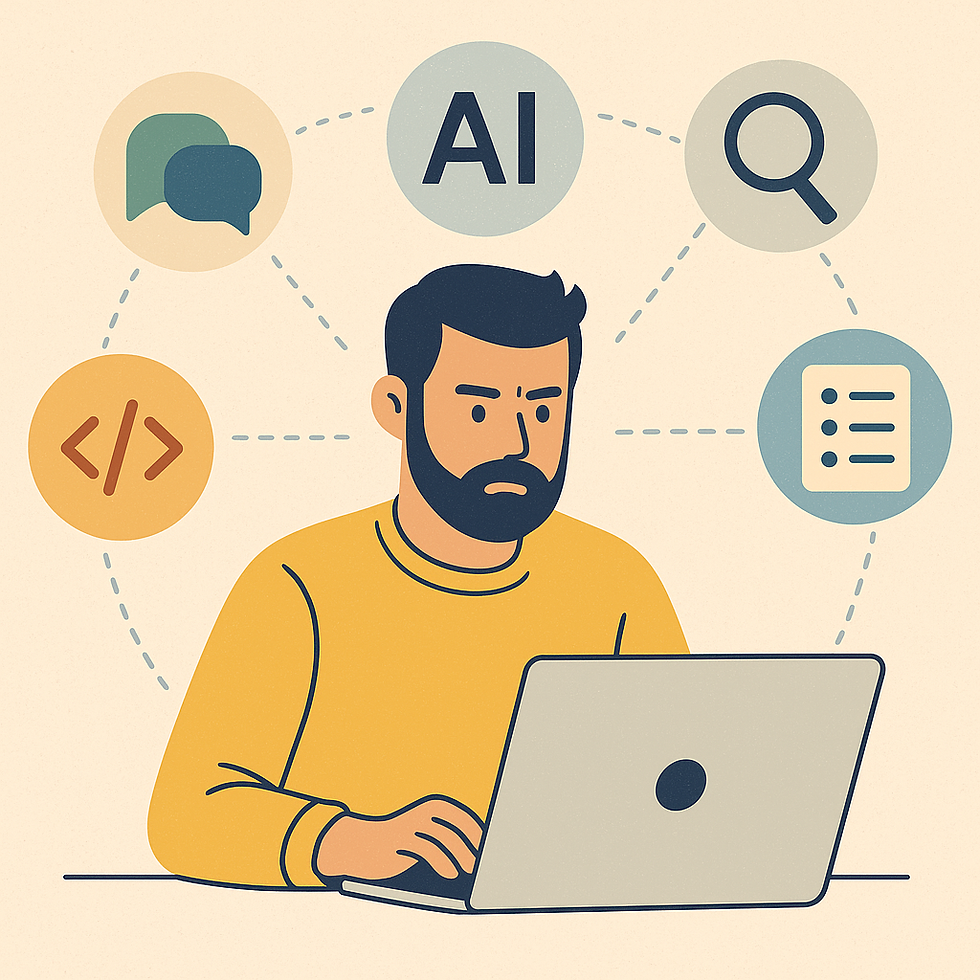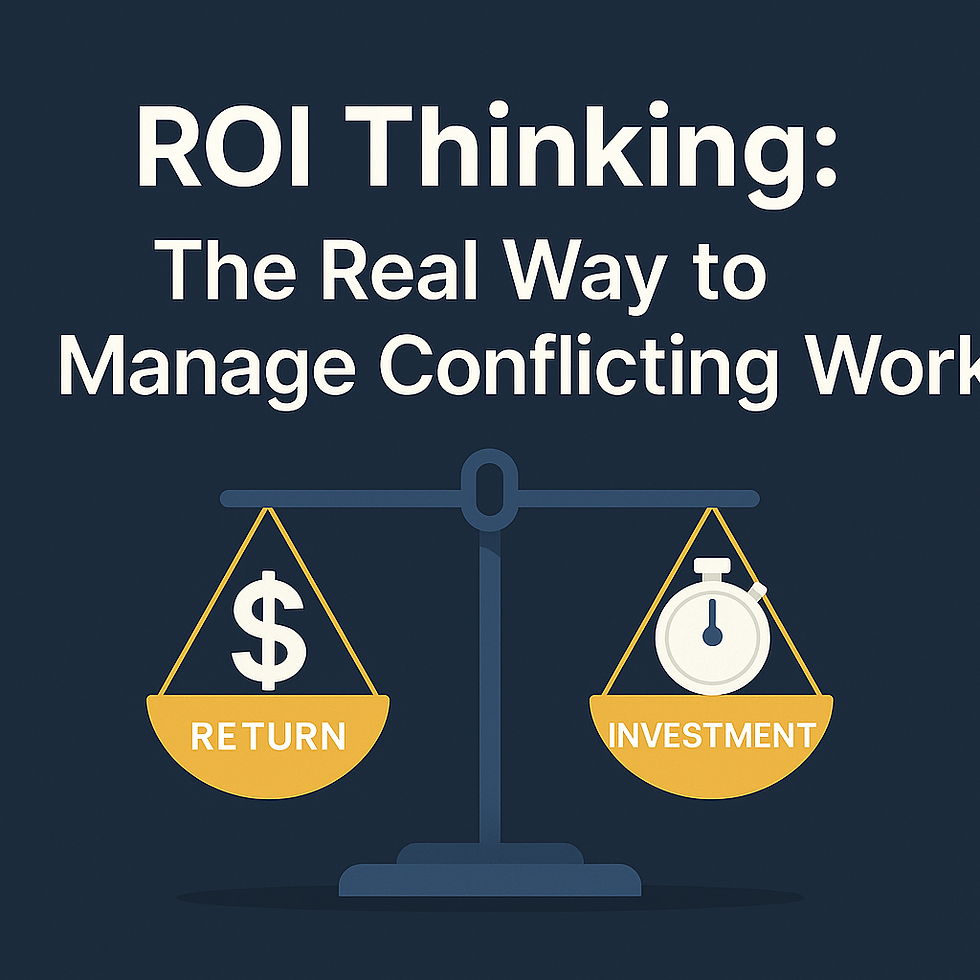Beyond “Think Like an Architect”: Why Engineers Must Think Like the Business
- Admin
- Apr 13
- 3 min read

If you’ve spent any time in the software world, you've probably come across the advice:"Think like an architect."
It’s plastered across tech conference sessions, career guidance blogs, and LinkedIn thought leadership.
For example Thinking Like an Architect - Gregor Hohpe - NDC London 2025 How to Think Like an Architect - Mark Richards
For engineers, this is often framed as the next logical step: start thinking at a higher level, about systems, scalability, abstraction.
It’s good advice. But is it enough?
Thinking like an architect is just one step
Here’s the thing: thinking like an architect only gets you as far as the architect's frame of reference. And if you stop there, you risk capping your growth at how the system is designed—not why it exists in the first place.
The architect doesn’t stop at architecture. A good architect actually thinks like the business.They think about value delivery, customer flows, user goals, commercial feasibility.
Their goal isn't to just ensure the architecture is sound—it’s to ensure the architecture serves the business.
So the real evolution for engineers shouldn’t stop at architecture. It should be:
Think like the business.
Who and why are you building for?
Start by asking: Who benefits from the system I’m building?
Not just who uses it—but who relies on it for business success?
What are the use cases? What is this person trying to achieve in their workflow? What part of the business operation does it support—sales, finance, supply chain, fulfillment? How will success be measured?
When you operate from this level of understanding, your decisions change.
You stop building features, and start building solutions.
Why this helps collaboration (and reduces conflict)
This mindset also builds a shared thread between engineers and architects.
Often, there’s a subtle tension between these roles—sometimes ego-driven, sometimes just a misalignment in how they approach problems.
But when Engineers become aligned to think just like how architects do, those walls disappear.
This shared grounding in functional use cases is what makes technical conversations more productive. It gets everyone in the room—from architects and engineering managers to PMs and domain leads—working toward one outcome.
Should Engineers Think About the Market?
That’s a thoughtful question—why just stop thinking about Business and not stretch it to think about market itself in which business operates?
Engineers don’t typically operate at the market-facing edge of the company. Their work supports internal stakeholders, product teams, or customer workflows—not pricing models, distribution channels, or investor narratives.
But here’s the catch:The best ideas don’t always start in the boardroom.Many of them emerge when someone close to the system spots a pattern. A pain point. An opportunity.
And that “someone” could be an engineer.
So should engineers think about the market? Not daily. But definitely occasionally. And intentionally.
Think like the business first—because that’s who you’re building for. But don’t ignore market signals when they reach you.
And when you get the chance—at a hackathon, in an idea jam, or a strategic offsite—do lean in.
You may not lead go-to-market. But you might just help shape what deserves to go to market.
Where to begin: the mindset shift
Here’s one simple mental switch:
Every time you join a working session—wear the hat of the end user or stakeholder.
Ask:
What problem are we trying to solve?
What functional outcome will define success?
What business value does this flow enable?
And when you frame conversations around business expectations and functional needs, it moves everyone closer to outcomes that matter.



Comments